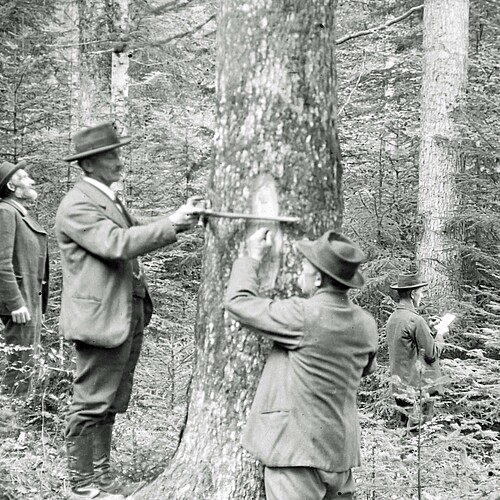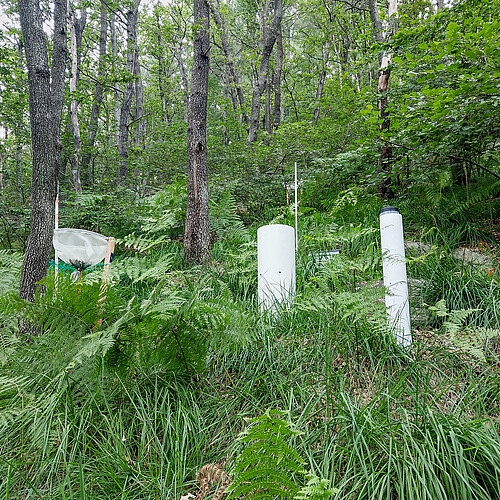- Perspectives
Summary of recent research on the European white elm (Ulmus laevis) in Switzerland
01.11.2024

Perspectives
In Switzerland, the European white elm (Ulmus laevis) is a poorly known tree species, and its natural origin in this country has often been contested. Consequently, it has received little attention from scientists and foresters. A project was launched in 2020 by the Botanical Garden of the University of Fribourg to clarify the species' status. Research on its distribution and ecology, involving extensive field surveys, has been carried out, as well as historical and genetical analyses. In this article, we summarise the main results of this project and their implications for practical applications. A number of arguments supports the view that European white elm should be considered a native and spontaneously occurring species in Switzerland. This pioneer tree of riparian floodplain forests of the main lakes and rivers of the Swiss plateau is now greatly threatened by the loss of alluvial dynamics as a result of major water course “corrections” and channelisation. The remaining total population is extremely small, thus the species is one of the rarest trees in the country. European white elm can be seen as a relict species of the previously dynamic alluvial forests which no longer exist. Today, natural regeneration for the species is very limited. Maintaining natural populations requires strict protection of existing stands in combination with ambitious river revitalisation projects.


